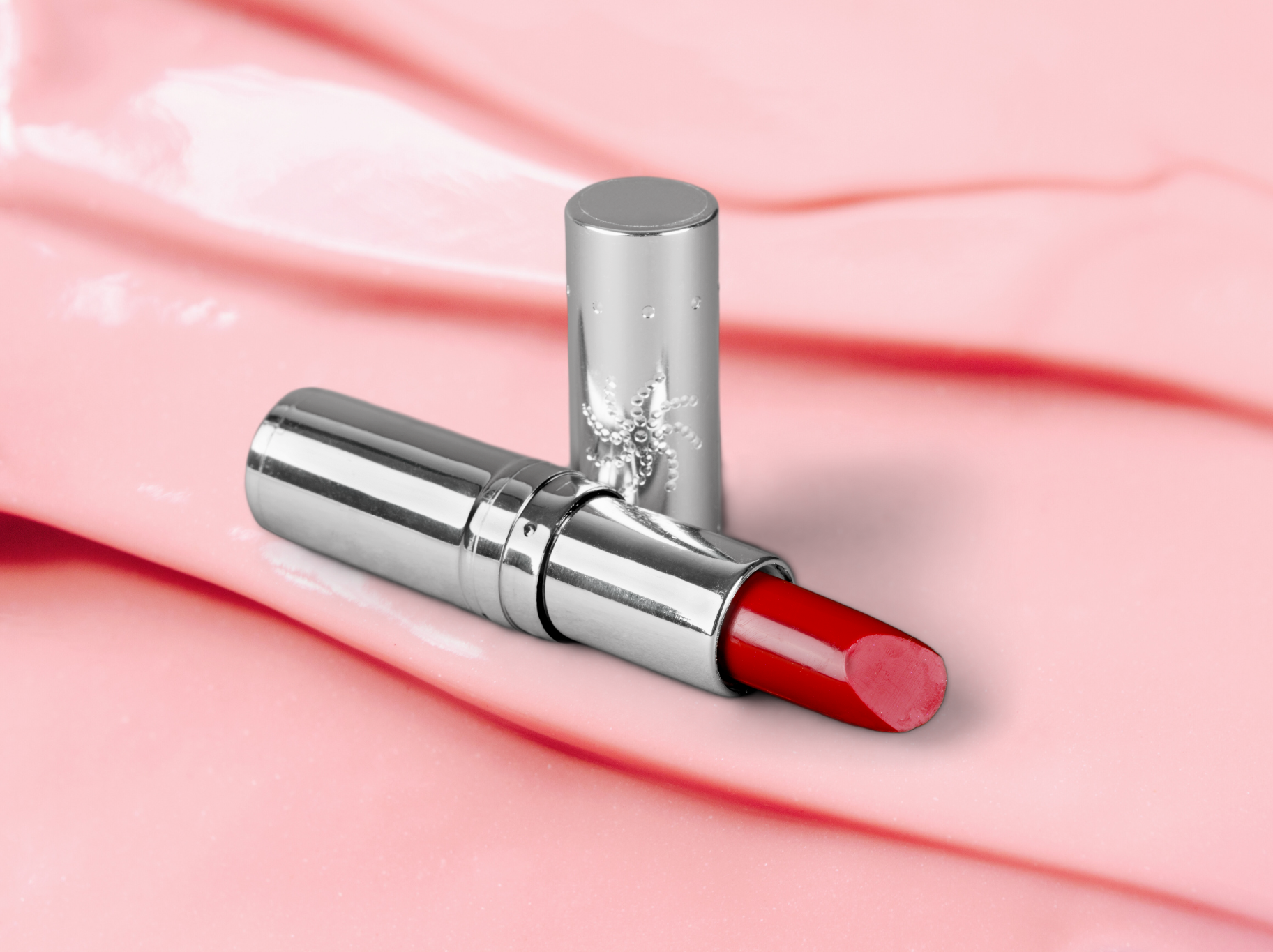Alternative manufacturing process for premium tissue papers
Posted by | Fuld & Company
A leading paper manufacturing company that had recently entered the tissue paper manufacturing market had encountered issues related to maintaining the softness of tissue while eliminating bunching and folding problems. The company also wanted to create a premium product without having to further invest in raw materials and machinery.
Objective
To identify cost-effective solutions for improving the softness of tissue paper while eliminating the problems of bunching, wrinkling, and folding, while ensuring the solutions can be implemented with existing infrastructure and without any additional investments.
Specifically, the client wanted to achieve:
- Improved tactile perception
- Improved sheet softness
- Low adhesive load (in case of multi-ply)
- Elimination of bunching, wrinkling, or folding while manufacturing
- Improved drape
- Reduction in bulkiness to avoid larger tissue rolls
Solution
- A thorough search was conducted on patents and scientific literature, including journals and blogs covering the paper industry. Experts in the paper industry were consulted to gain insights into the latest technologies to resolve the client’s issues.
- A number of promising approaches were shortlisted including:
- Embossing with a high aspect ratio
- Putting additives in paper pulp to increase softness and reduce bulkiness
- Using new drying methods during production methods
- Out of the three shortlisted approaches, embossing was found to be the most suitable to achieve the client’s desired objectives. Emboss patterns with multi-apex and high-aspect ratio elements can improve sheet softness without bunching or wrinkling. They can absorb some of the added stretch and dissipate the stretched tissue back into the sheet and can reduce tissue bunching.
- Multi-ply tissue products with embossed patterns of multi-apex, high-aspect-ratio elements also lead to low adhesive load, improving softness and drape.
Outcome
- The recommended emboss patterns with multi-apex and high-aspect ratio helped the company overcome its concerns related to bunching, wrinkling, and folding.
- Leveraging the new manufacturing process, the company was able to design and produce a premium tissue paper at its current facility without any additional cost.
Tags: case study, Information Technology, manufacturing, Market Research, Material Sciences, research



















